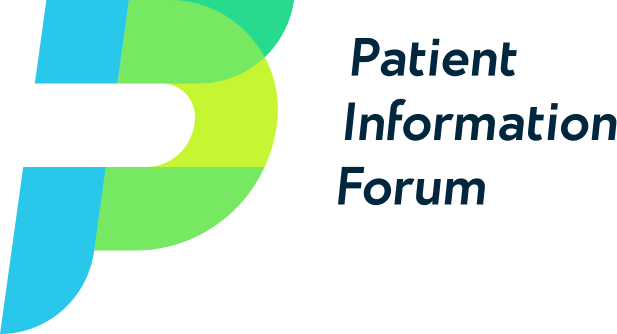
Evaluating the impact of health information
Executive Summary
This guide provides practical support for evaluating the impact of health information. It offers tips on best practice, evaluation models, and the tools you can use to collect and analyse your data. It is taken from a wide-ranging report published by PIF in 2022.
This guide will provide an overview to help you plan your approach. It includes links to other sources of useful information.
It covers support for newly produced health information as well as advice on evaluating older legacy materials and content.
Information sits alongside diagnosis, treatment and care as an intervention that can influence people’s healthcare outcomes.
Key points
Evaluating the impact of information::
- Tells us if we are improving people’s health outcomes.
- Allows us to see if we are making a positive difference for patients and the public.
- Can reassure our funders about the impact of their investment.
- Tells us if the information we are providing is inclusive, accessible and fit for purpose.
- Is a vital element of acquiring and maintaining the PIF TICK.
- Allows you to understand what works well and what might not be so effective.
Evaluation models
Common evaluation models used in health information map to PIF TICK. These include:
- Learning cycle
- Plan, Do, Study, Act
- Logic Models
- Theory of change
Evaluation methods
A range of methods and tools can be used to evaluate new and legacy content. Combining quantitative (data) and qualitative (opinion) feedback methods often produces the best evaluation.
This guide supports the following PIF TICK criteria:
10. Impact: The impact of information is measured.
Originally published July 2025. Next update due July 2028.
Please login or join us to see this content
How you create your patient information matters. Do it together with PIF.
Join PIF or apply for PIF TICK certification today to get unlimited access to PIF's resources, expert advice and support services.
